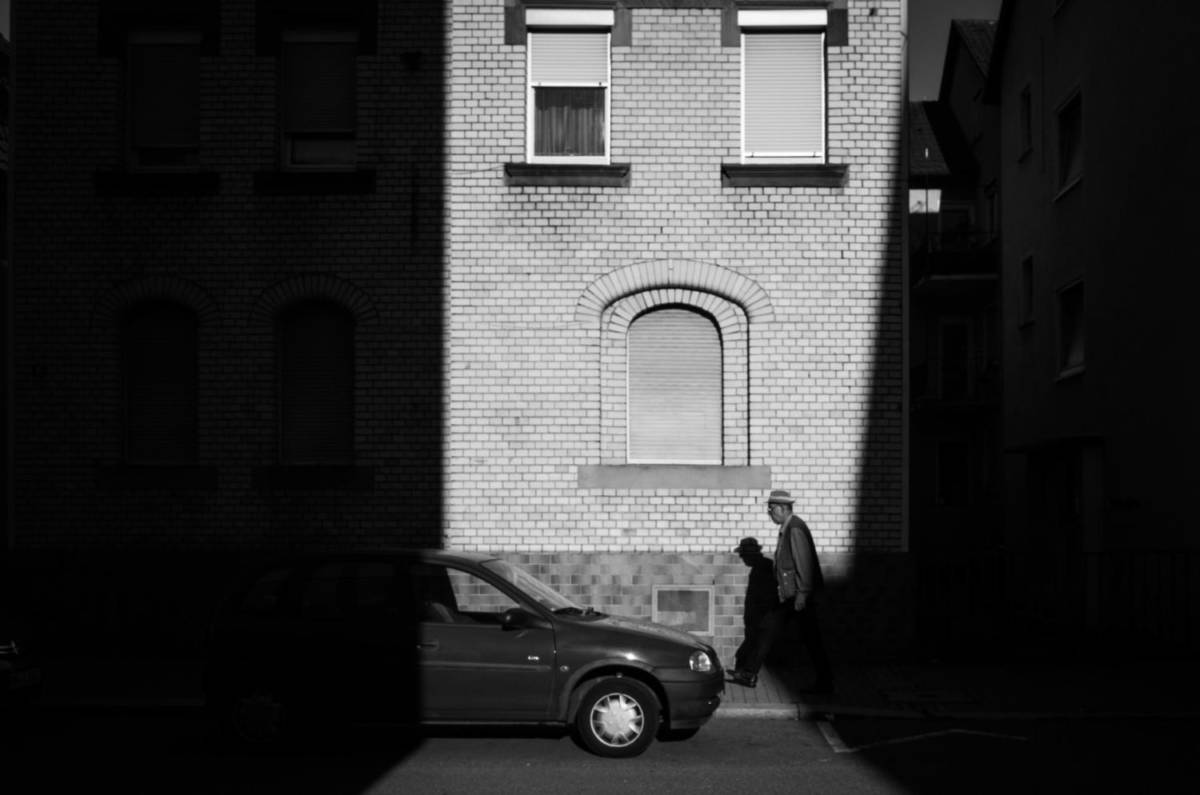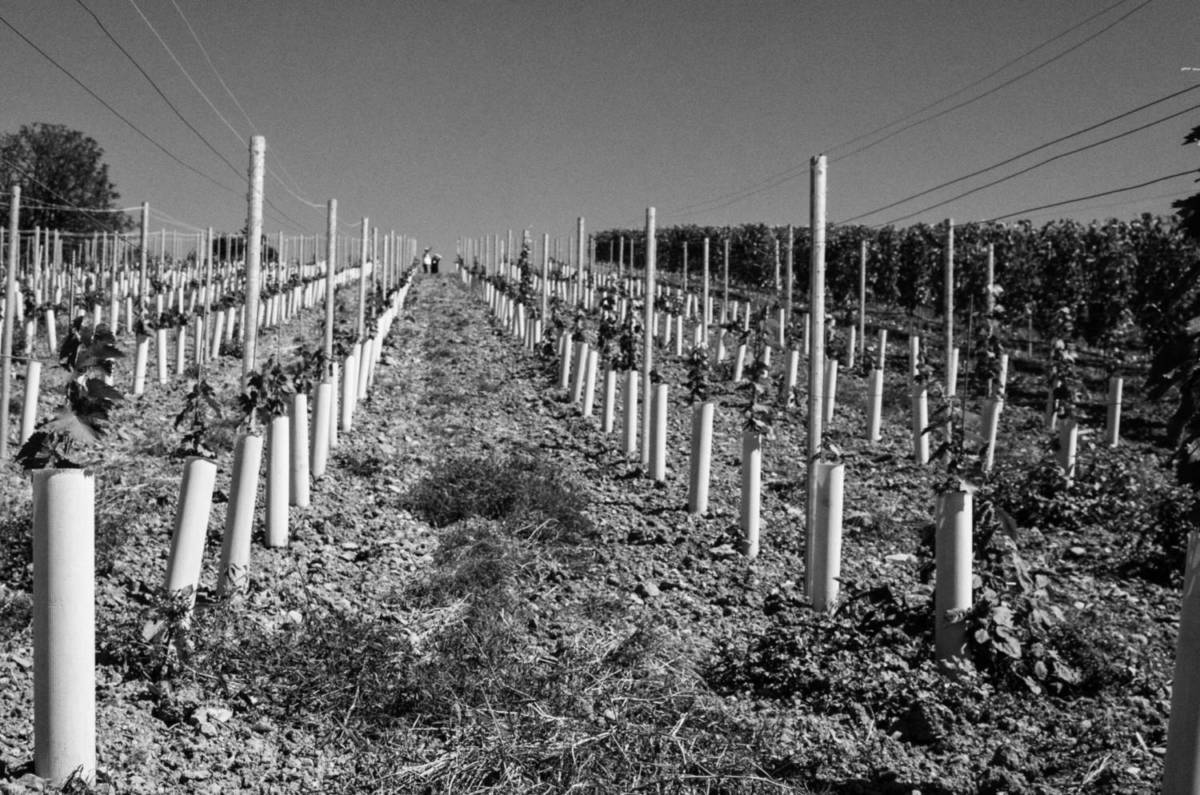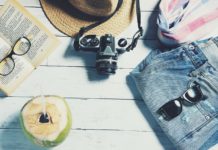I am in the fortunate situation to live in a big city with millions of people and stories that they create. That is a huge playground I can use to my advantage and photograph different areas and persons every day. Metropoles have a lot to offer, but smaller cities also have their interesting spots and possibilities. Since I had the opportunity to travel for a few days to a smaller town in southern Germany I want to share my experience how you can get good pictures while living in a relatively small city.
The People
Did I notice any general differences between the residents? Not really, some people are curiously looking at my camera for street photography or wondering why I crouch on the ground but in general, both are very friendly. If you think that smaller cities might be a more hostile ground, because they aren’t used to a lot of tourists, that might be an unjustified prejudice. On the other hand, there are differences in the variety of social groups. Of course, a city with over 3 million people has more diverse areas, meaning that I want to photograph specific people I have a lot to choose from. Just comparing the sheer numbers, there are probably more extraordinary people in the bigger city and they are often attracted by certain areas. So if I am looking to portrait then I will have an easier time in the metropolis.
Now that people might not be my initial point of interest I can still implement them in my Street Pictures to give them the little extra something. In the following picture, I was totally drawn in by the remarkable light and the house. All I had to was to wait for a person to enter the frame to add some life in this otherwise “dead” picture. To my advantage, with a background like that I don’t wait for an extraordinary person, so even in a smaller town, you are able to create pictures like these with only a little amount of patience.

Play with the Light
Even if people are a rarer resource in smaller suburbs, the sun is still your companion and worth to work with. Instead of searching actively for extraordinary people or interactions, you can try to put the sun in the focus and create more visually pleasing pictures with the sun as your main actor. This requires a bright sunny day and the best time is either in the morning or in the evening, so the position of the sun is lower and easier to put in the background. Additionally, the long shadows can create almost a “film noir” atmosphere with a strong distinction between light and darkness. Get creative, try different angles and you can create pictures that although they don’t tell a deep story, are still interesting to look at.
From a technical point of view, to create pictures like the one below, I recommend setting the aperture to f 1/16. The closed down aperture helps to not overexpose the picture, while directly facing the sun. Furthermore, the sun becomes increasingly shaped like a star casting more of these light rays around the sun. To mix it up a bit I also lowered my shutter speed to 1/40s of a second which blurs out the oncoming bikes. Again, this helps to put the sun in the center of attention for the viewer and not to be distracted by the surrounding.

Use the Environment
Unfortunately, the sun is an unreliable partner and not always available. An alternative when you don’t want – or can’t – put the people in the main focus is to use the environment that is available. Even smaller towns offer enough of interesting opportunities to use in Street Photography. They might be hard to detect at first, but if you are aware which structures and objects you are looking for they become more visible. Things to look for are: Mirrors, Leading lines (i.e. tram rails) or Frames, I also covered a basic overview in: Your Street Photography Playbook.
I am not entirely happy with the shot below, the focus didn’t exactly work how I envisioned the end result and the background is a bit too chaotic, but I hope you get the general idea of the kind of pictures you can create anywhere.

Landscapes
For the most part, I covered themes that you can try in both settings, either small suburb or a metropolis, but there is one advantage that smaller towns have and that is their nature. Most big cities are a concrete jungle where nature hasn’t a place and is completely displaced from the downtown. Although the natural habitat for Street Photographers is often between these concrete frontiers, the combination of landscape photography with people is unique to more rural areas.
Below you can see a picture taken at a vineyard, a unique point of view, that is exclusive to those that leave the urban environment.

My final Remarks
Even though Street Photography is more challenging in rural areas or small suburbs I wouldn’t call it impossible. If you are searching for outstanding characters then the city is still your first go-to place. Besides that, from a Street Photography point of view, anything else is also possible outside of downtown, you might need to invoke your creative mind though. These challenges and new environment present an excellent change of pace for all the Street Photographers that are used to their normal concrete is. Not only can you get some pictures that normally wouldn’t fit your style, it is also great for training your photographic eye for new situations.
So if you thought about keeping your compact camera at home for the next vacation because at your destination might be too remote, I dare you to try Street Photography under these new circumstances. Even if you don’t take home a “keeper” it was an awesome experience.
The pictures in this article were taken in Heilbronn during a short visit.
Stay Curious
Sebastian Jacobitz





















